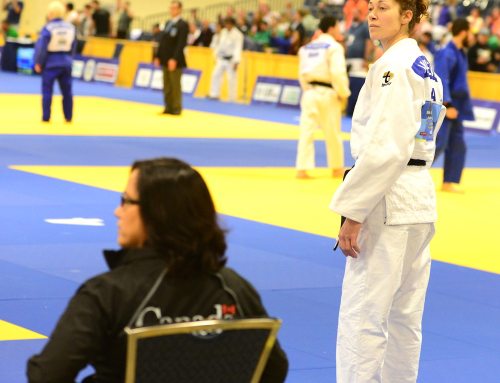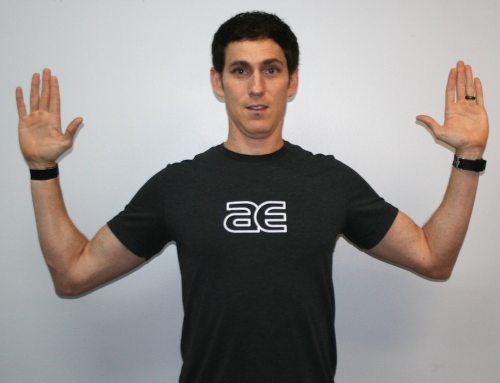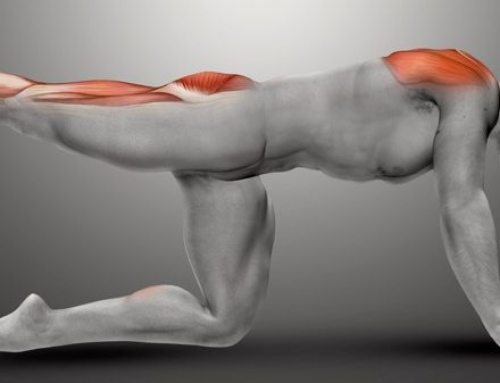.jpg)
All the Right Moves to Stay Healthy
By Brian Schiff, PT, CSCS
It is no secret that endurance athletes suffer periodic overuse injuries. The repetitive motions of swimming, cycling and running may eventually lead to muscle strains, tendonitis, stress reactions, and other forms of inflammatory conditions that limit performance. An important part of sustaining your training and preventing injury is always being in tune with how well your body is moving at all times.
The first step in this process involves correctly assessing and eliminating mobility restrictions, faulty movement patterns and compensatory movements. Analyzing movement patterns (e.g. squatting, jumping, running, etc) provides immediate insight into weak links in the kinetic chain.
For this reason, undergoing a comprehensive performance evaluation and/or movement screen is helpful for endurance athletes. This type of assessment will reveal any imbalances that may predispose you to a future injury. In addition, it is crucial to compare side to side balance, strength, mobility and proprioceptive capacity (body awareness in space). Testing should always be specific and attempt to exploit any asymmetries that may be otherwise hidden.
Once the baseline assessment is complete and any specific areas of concern have been identified, the training plan can be initiated in direct response to those findings. Everything should be progressive and measured in terms of mode, volume, frequency, intensity and sequence.
With respect to endurance athletes, I often find that poor thoracic extension and/or limited ankle dorsiflexion negatively impact proper running and riding mechanics and lead to faulty movement patterns. If the thoracic spine and ankle lack mobility, other joints are then forced to become more mobile (typically the lumbar spine and knee) thereby setting off a chain reaction of problematic events in the body.
Insufficient thoracic extension contributes to rounded shoulders and kyphosis in the upper body. This posture can in turn can cause shoulder pain, back pain and reduce breathing capacity. Likewise, a stiff ankle dramatically affects lower body movement patterns. Limited ankle dorsiflexion often forces the knee the cave inward (valgus) with associated excessive hip internal rotation. This is a common source of trochanteric bursitis, ITB syndrome and patellofemoral pain.
How does one stave off these injuries? Fortunately, performing a few simple exercises to mobilize these joints will help facilitate proper range of motion and joint mechanics. Using the following exercises will reduce stiffness and help retrain the body to move more efficiently as one kinetic chain:
Thoracic extension on a foam roller – position the foam roller beneath your spine with the hands folded behind the head and elbows folded inward. Slowly extend your head neck and thoracic spine over the roller, pause at the bottom for 2-3 seconds and then return to upright. I advocate performing 5-10 repetitions each at various levels (lower, mid and upper thoracic spine). As a guideline, keep in mind that T7 is level to the bottom of the shoulder blades.
Standing knee wall touches – Stand facing the wall and far enough away so that the kneecap can just barely tap the wall (or fall just short) as the weight transfers forward toward the wall. Avoid letting the ankle or hip turn inward toward the body while maintaining the desired patella tracking pattern over the second toe keeping the heel flat on the ground. Once this becomes easy, inch back again until a stretch is felt at end range. Perform 1-2 sets of 15 repetitions pausing for 2-3 seconds at the wall each time.
# # #
Brian Schiff, PT, CSCS, is a sports physical therapist and supervisor at The Athletic Performance Center in Raleigh. For more information on their services, visit the APC online at www.apcraleigh.com or www.apccary.com.





